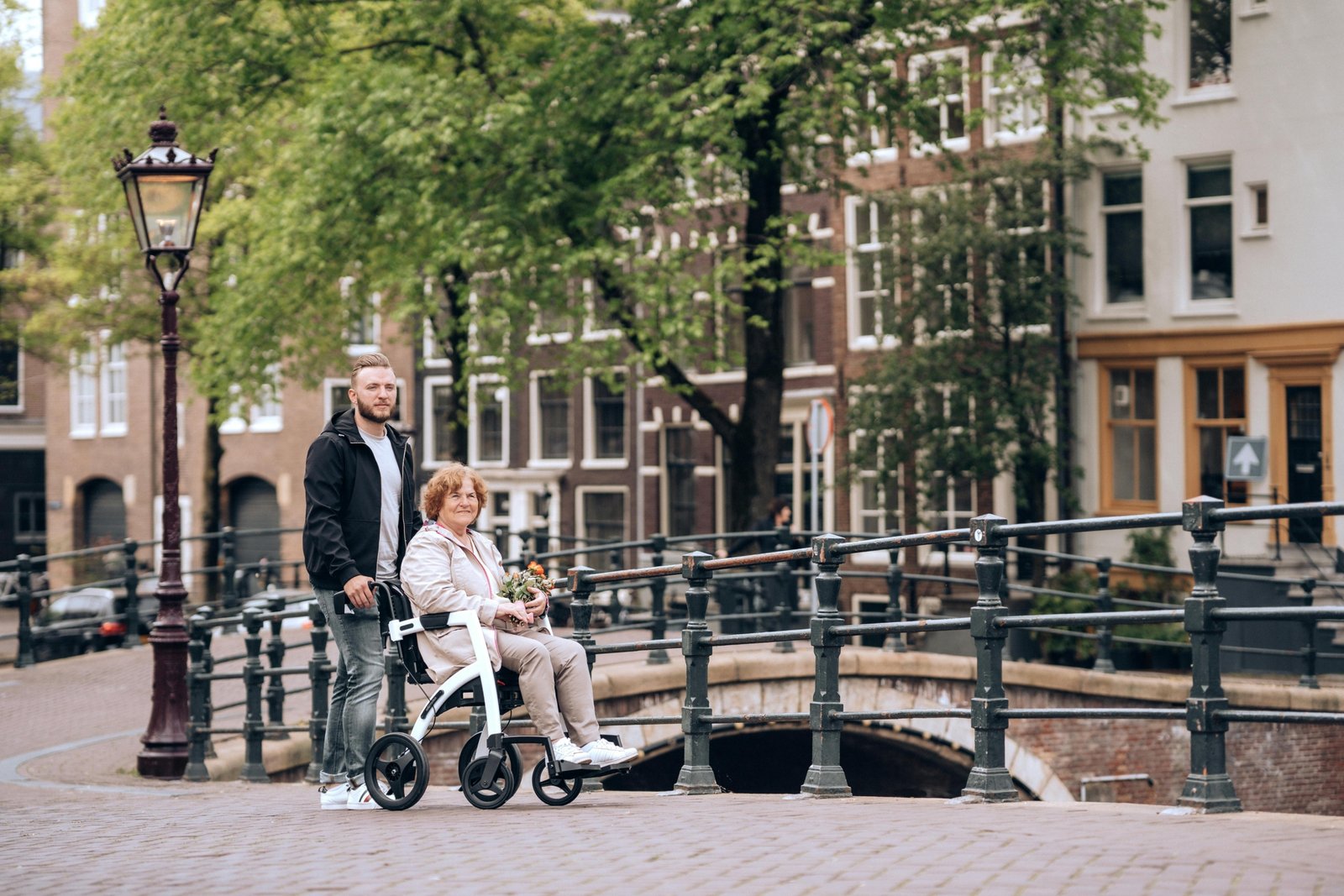Understanding the Patient Travel Subsidy: A Guide for Patients and Families
When you need specialized medical care, distance should not be a barrier. However, the costs of travel and accommodation can add significant stress. A patient travel subsidy is a form of financial assistance designed to help ease this burden. This guide explains what these programs are, who can apply, and how you can get the support you need.
What Exactly Is a Patient Travel Subsidy?
A patient travel subsidy is a grant or financial aid provided to patients who must travel a long distance from their home to receive necessary medical treatment. This is not a loan; therefore, you typically do not have to pay it back. The primary goal is to ensure that all individuals have access to healthcare, regardless of where they live. Consequently, these subsidies help bridge the gap between a patient’s home and their specialized treatment center.
These programs are often managed by government health departments, non-profit organizations, or specific hospitals. For instance, many states or provinces have their own schemes to support rural residents who need to visit city-based specialists. The support makes essential healthcare more accessible and affordable.
Who Is Eligible for a Patient Travel Subsidy?
Eligibility criteria vary significantly between different programs. However, most schemes share a few common requirements. It is crucial to check the specific rules for the program you are applying to. Generally, you may be eligible if you meet certain conditions.
- Travel Distance: Most programs require you to travel a minimum distance, for example, over 100 kilometers or 60 miles, to reach your medical appointment.
- Medical Necessity: The travel must be for a medically necessary treatment or consultation that is not available locally. You will usually need a referral from your doctor to prove this.
- Financial Need: Some subsidies are means-tested, meaning your income level is considered. In contrast, other programs are available to everyone who meets the medical and distance criteria.
- Type of Treatment: The aid often applies to appointments with specialists, specific diagnostic tests, or approved surgical procedures.
How to Apply for Medical Travel Assistance
The application process can seem daunting, but breaking it down into steps makes it manageable. Above all, starting early is key, as processing can take time.
Step 1: Get a Referral
Your journey begins with your local doctor or specialist. They must confirm that you need to travel for treatment. Subsequently, they will provide you with the necessary medical forms and referral letters.
Step 2: Find the Right Program
Research available patient travel subsidy schemes. You can start by asking the social worker at the hospital, searching your government’s health department website, or contacting national health charities related to your condition.
Step 3: Complete the Application
Fill out the application form carefully. You will need to provide personal details, medical information, and proof of your appointments. In addition, you may need to submit quotes for travel and accommodation costs. Make sure all required documents are attached before submission.
Types of Expenses Typically Covered
A patient travel subsidy can cover a range of expenses associated with your medical trip. While coverage differs, common eligible costs include:
- Transportation: This can be the cost of flights, train tickets, bus fare, or a per-kilometer allowance for using your own car.
- Accommodation: The cost of a hotel or other approved lodging near the medical facility is often included.
- Meals: Some programs provide a modest daily allowance for food.
- Support Person Costs: In many cases, the subsidy will also help cover the travel costs for one essential escort or support person accompanying the patient.
Frequently Asked Questions (FAQ)
Can I apply after my trip?
Some programs allow for retroactive applications, but it is always best to apply before you travel. Check the rules, because many have strict deadlines.
Is the patient travel subsidy taxable?
Generally, medical assistance grants are not considered taxable income. However, it is wise to confirm this with a financial advisor or the program administrator.



